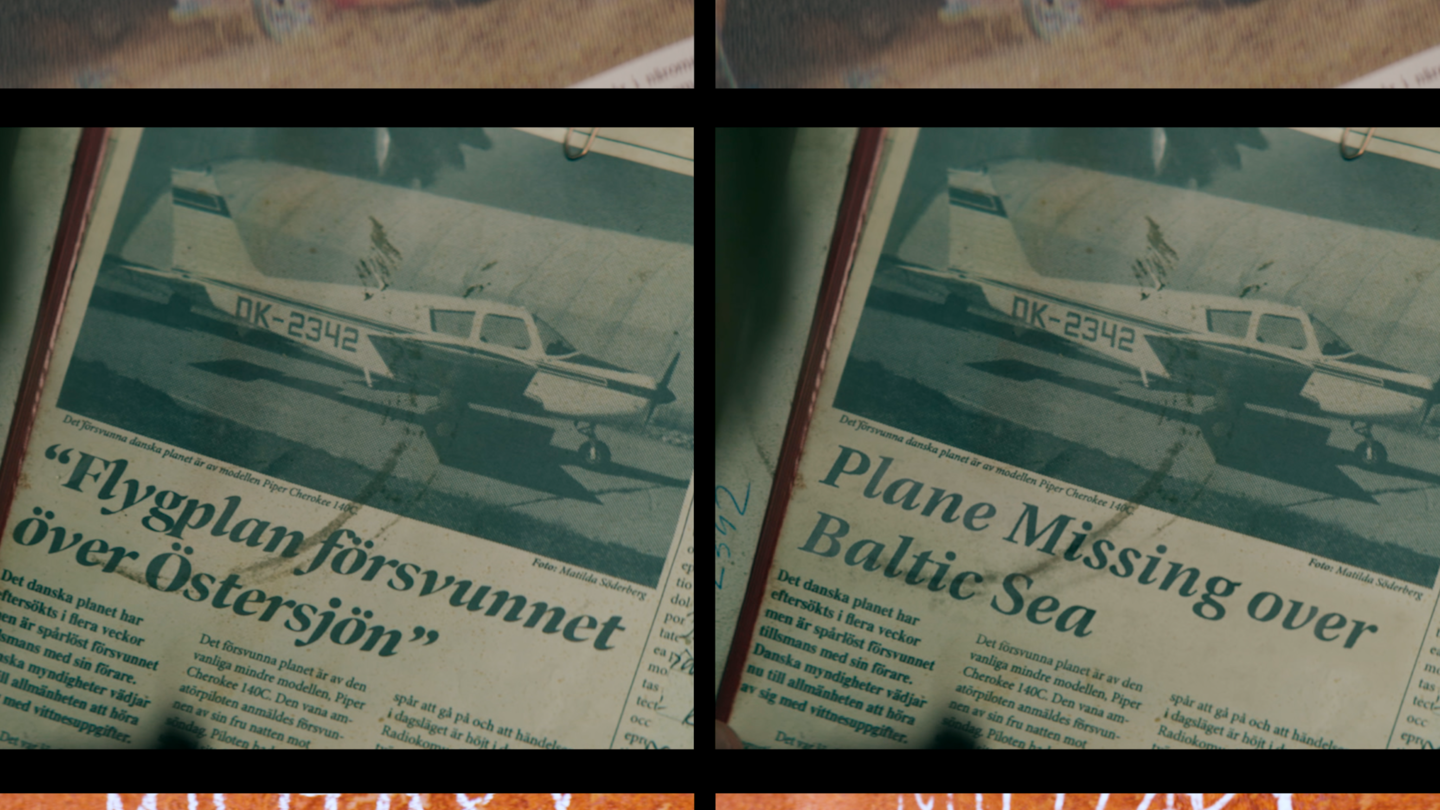New Pixar animation Elemental is the Walt Disney Company’s most technically complex feature film to date and required a new data storage pipe that lays the foundation for use of AI, reports Adrian Pennington.
“We are not actively using AI yet, but we have laid the foundation,” began Eric Bermender, Head of Data Center and IT Infrastructure at Pixar Animation Studios.
“One thing we have done is taken our entire our library of finished shots and takes for every single feature and short - everything we’ve ever done, before even 1995’s Toy Story - and put it all online and available and all sitting on the VAST cluster.”
He continued, “As you can imagine...
You are not signed in
Only registered users can read the rest of this article.

CES 2026: “The ChatGPT moment for physical AI is nearly here”
Passive language-based text-to-video models are so last year. From the enterprise to the home to the creative suite, the future is multi-modal AI capable of massive three-dimensional world building and physical interaction.

Multi-camera live virtual production on a broadcast budget
German broadcaster SWR claims a world first live multi-camera virtual production with potential learnings for broadcasters everywhere.

M&E predictions and analysis: “It's going to be an exciting decade”
Four top media analysts reveal their data-backed assessments of 2025, as well as their predictions for 2026 and beyond.

IBC Accelerators in review: From ideas to prototypes to blueprints for the future
IBC2025’s Accelerator cohort delivered some of the most ambitious demonstrations yet, featuring AI-driven production workflows, a radical rethinking of ultra-low latency streaming, and even live private 5G networks flying in an ultralight aircraft. IBC365 hears from a handful of projects to learn about life after the show.

Particle advice: How real is the quantum apocalypse?
While Google forges ahead with unlocking the potential of its Willow quantum computing chip, cybersecurity experts warn that further breakthroughs in the field could catch a digital ecosystem built on crypto security off guard. Adrian Pennington reports.

 16x9.jpg)


